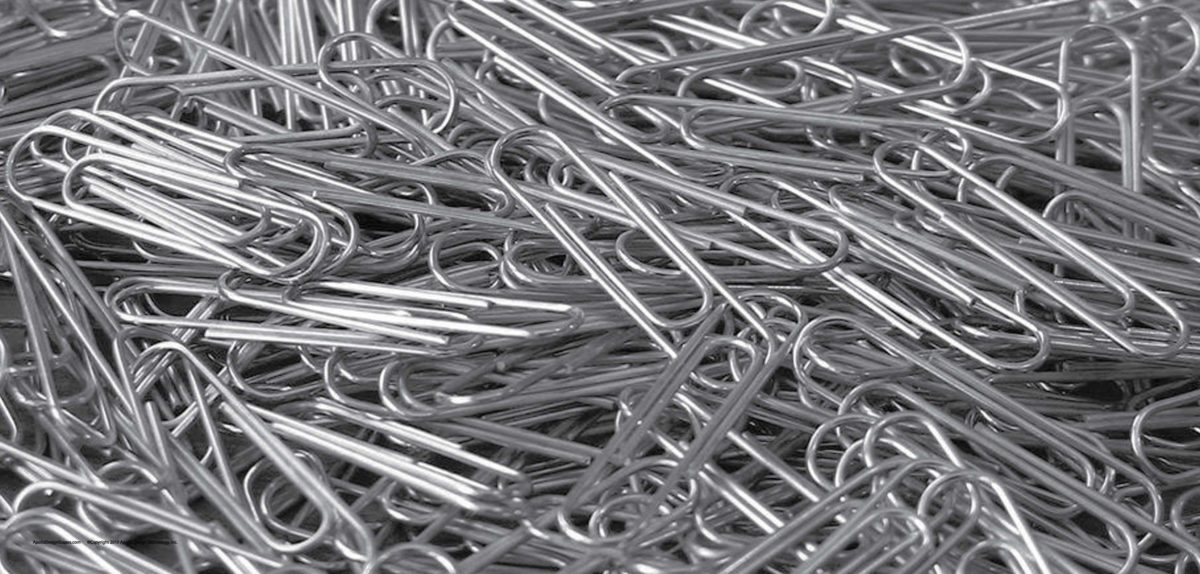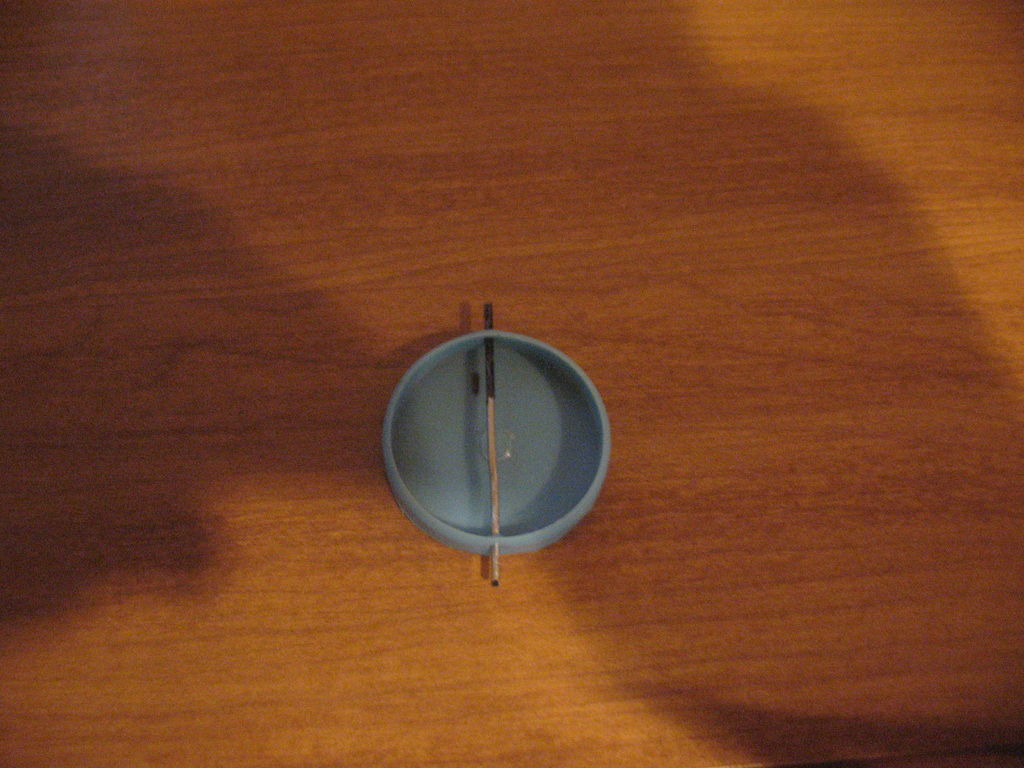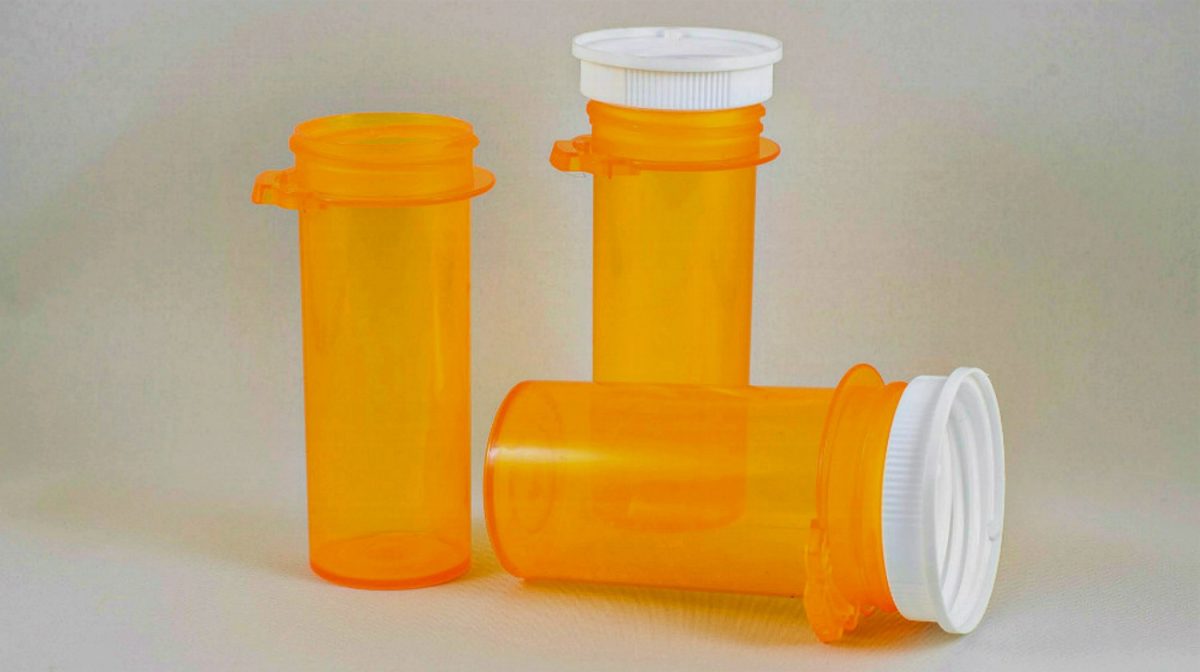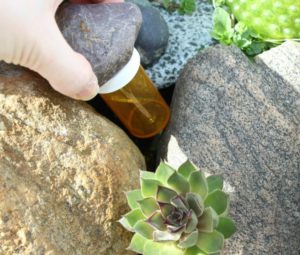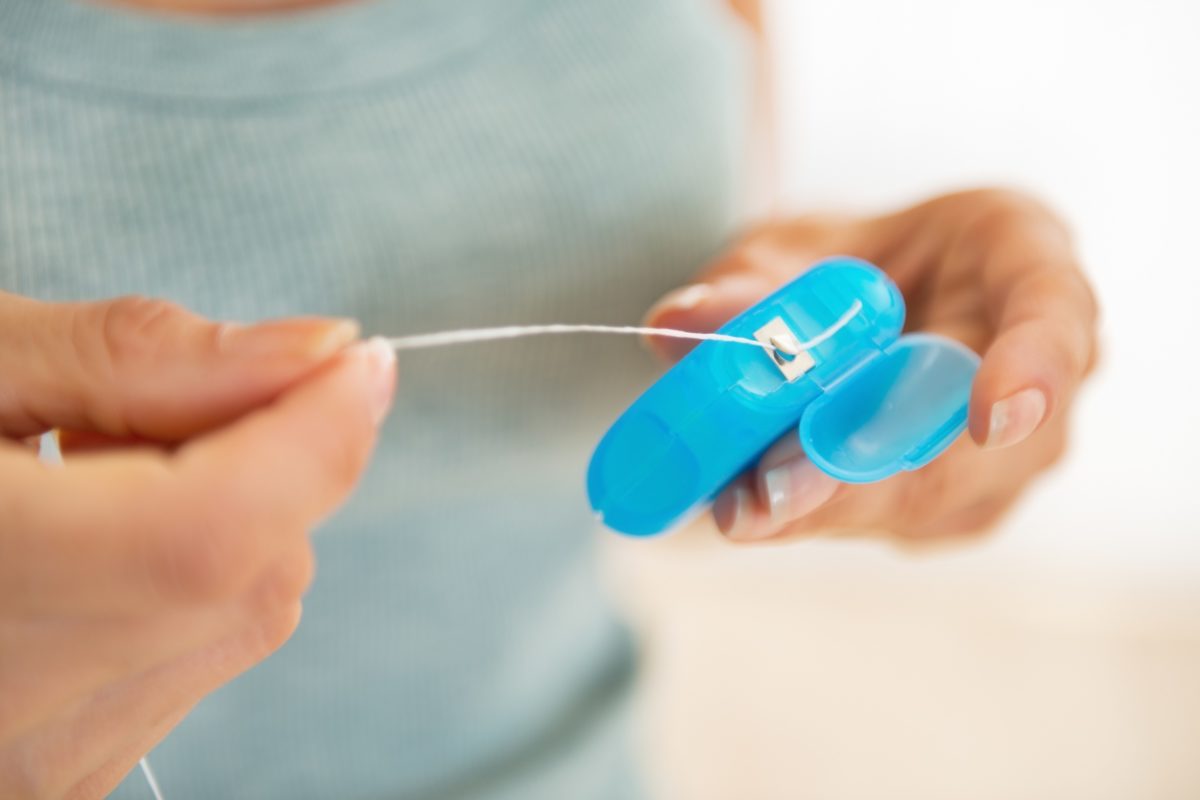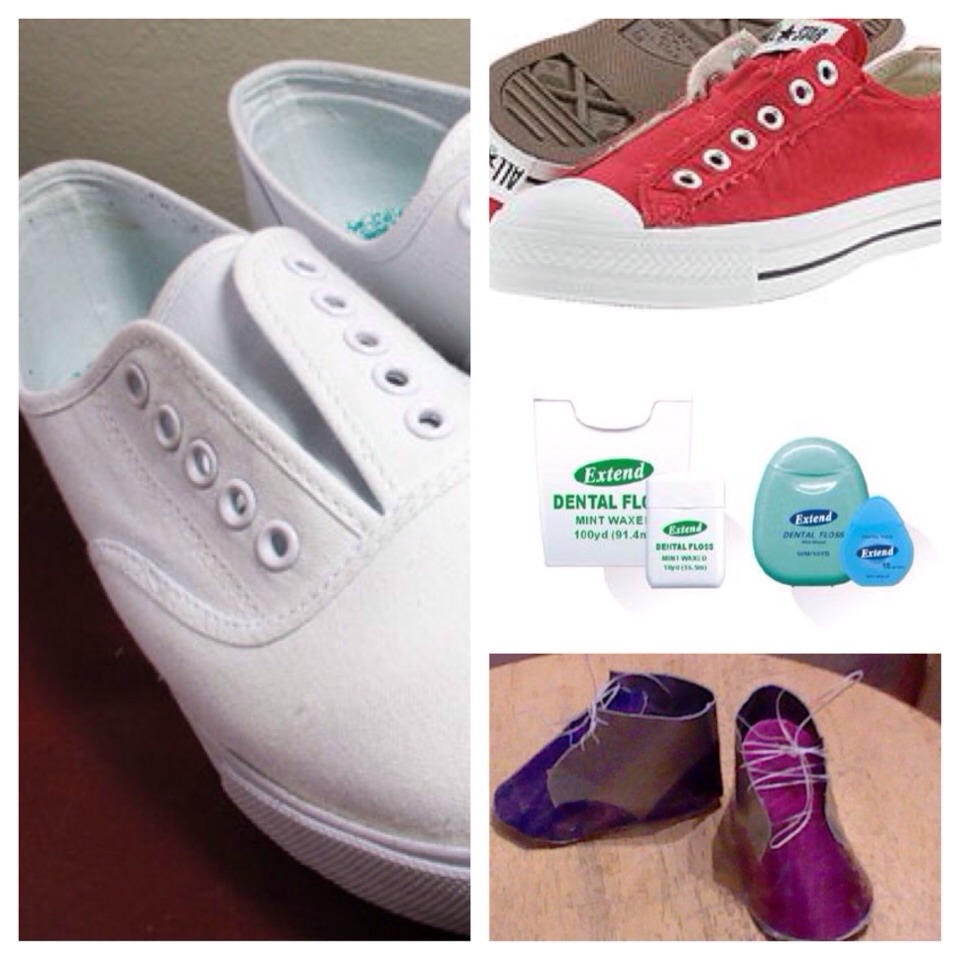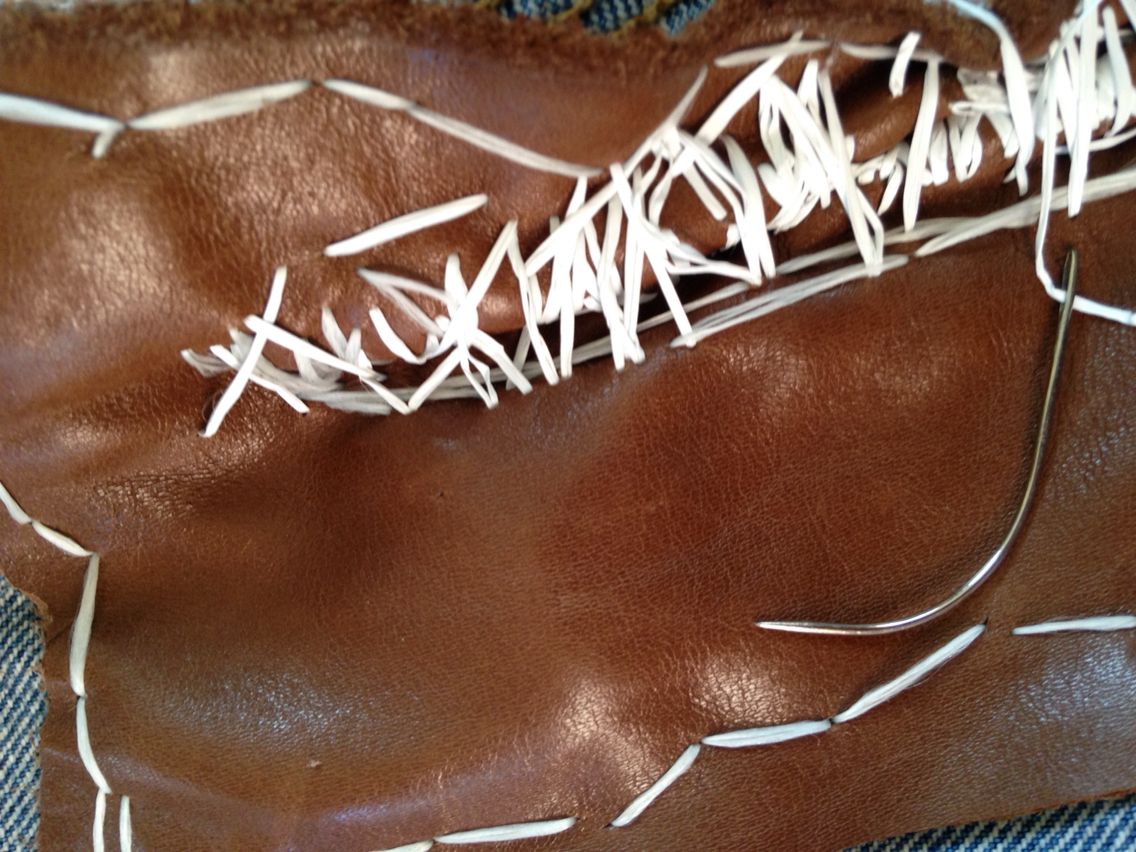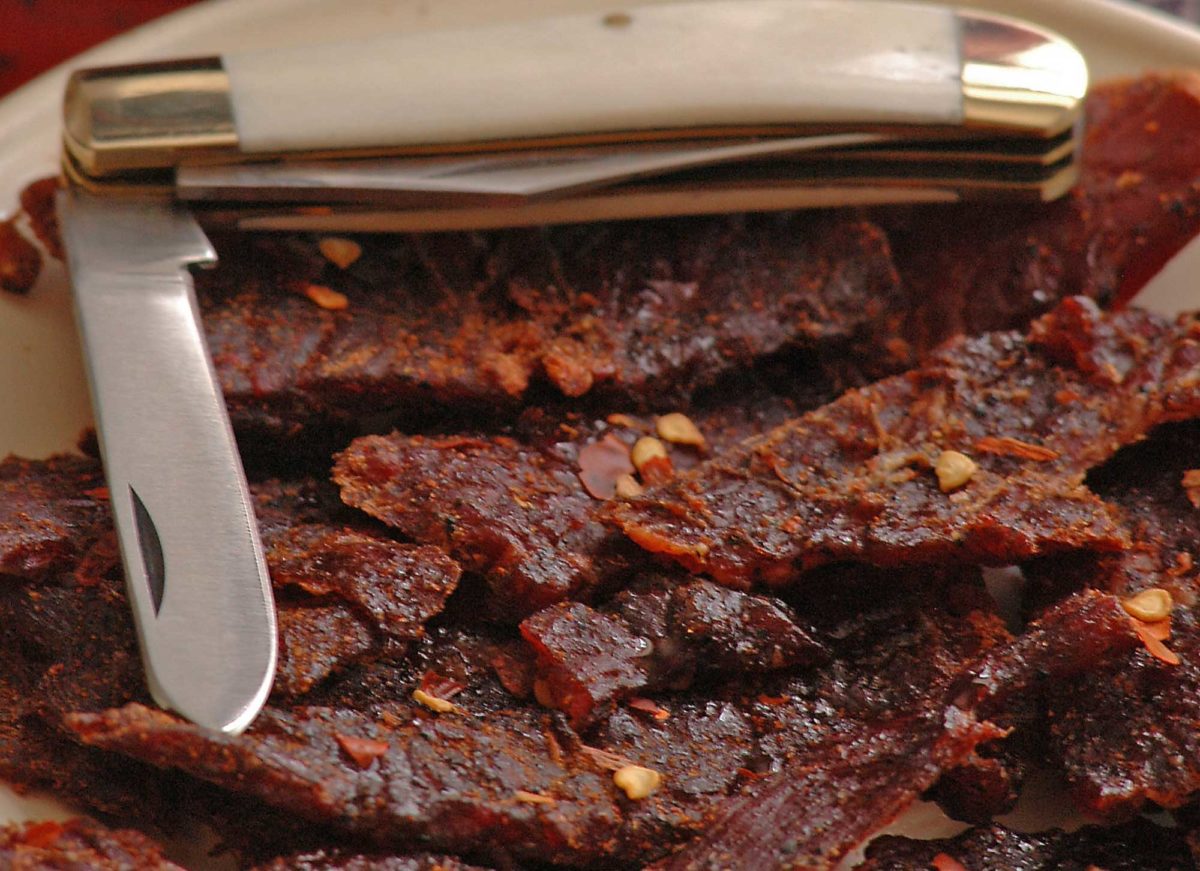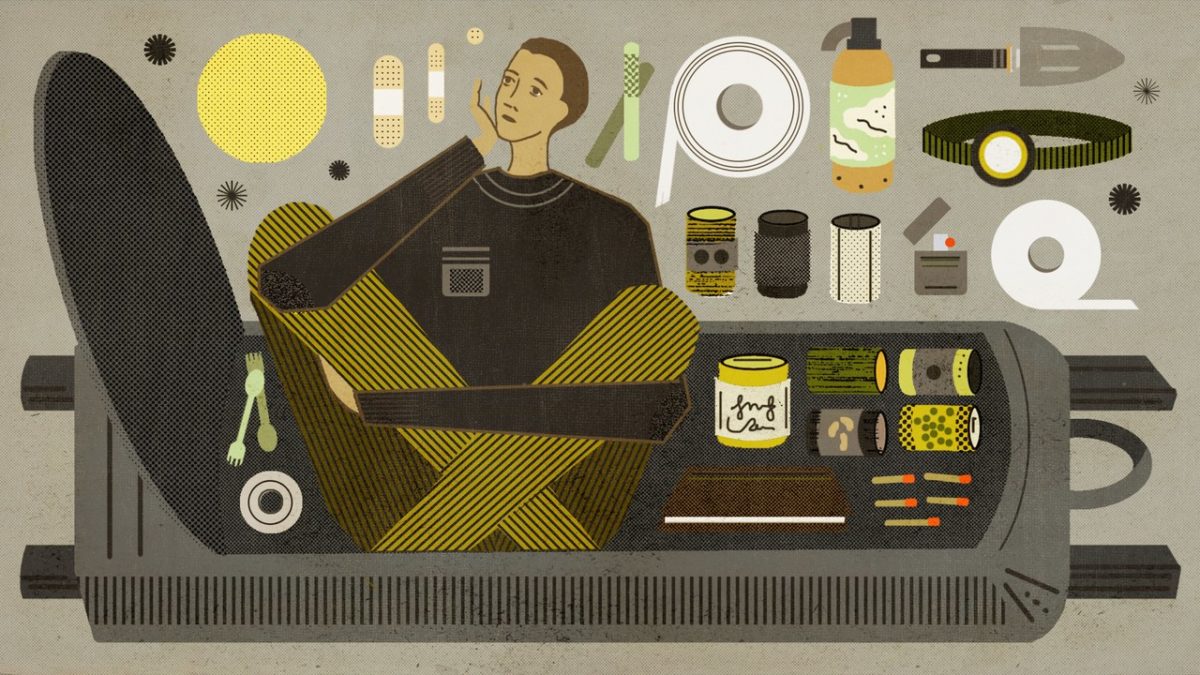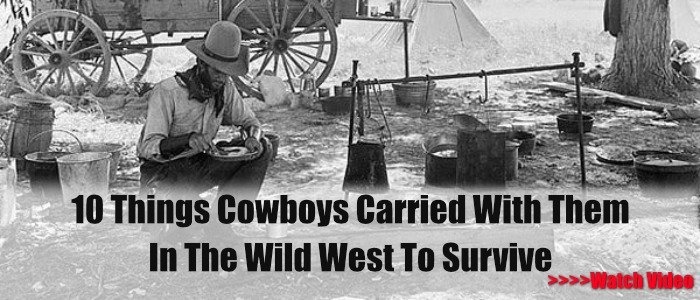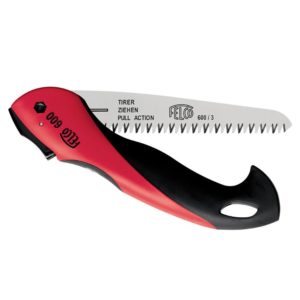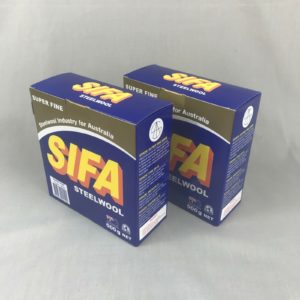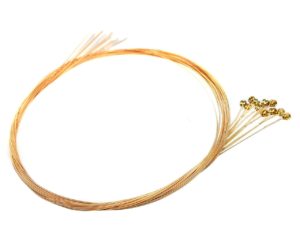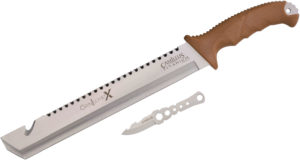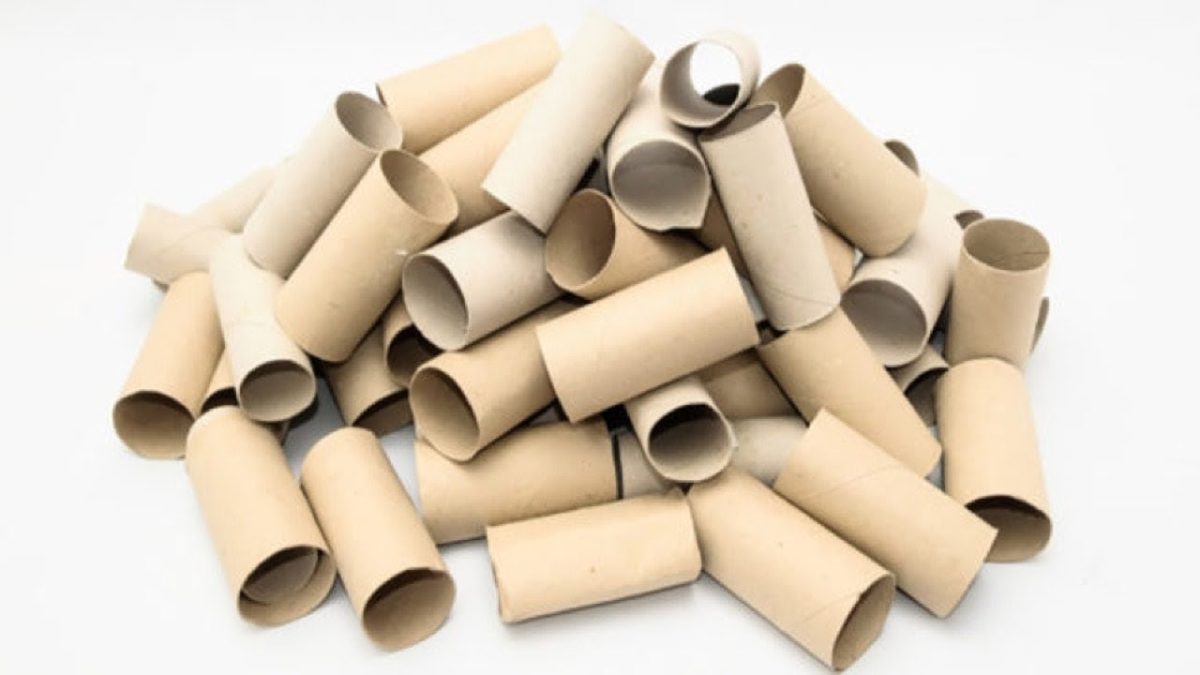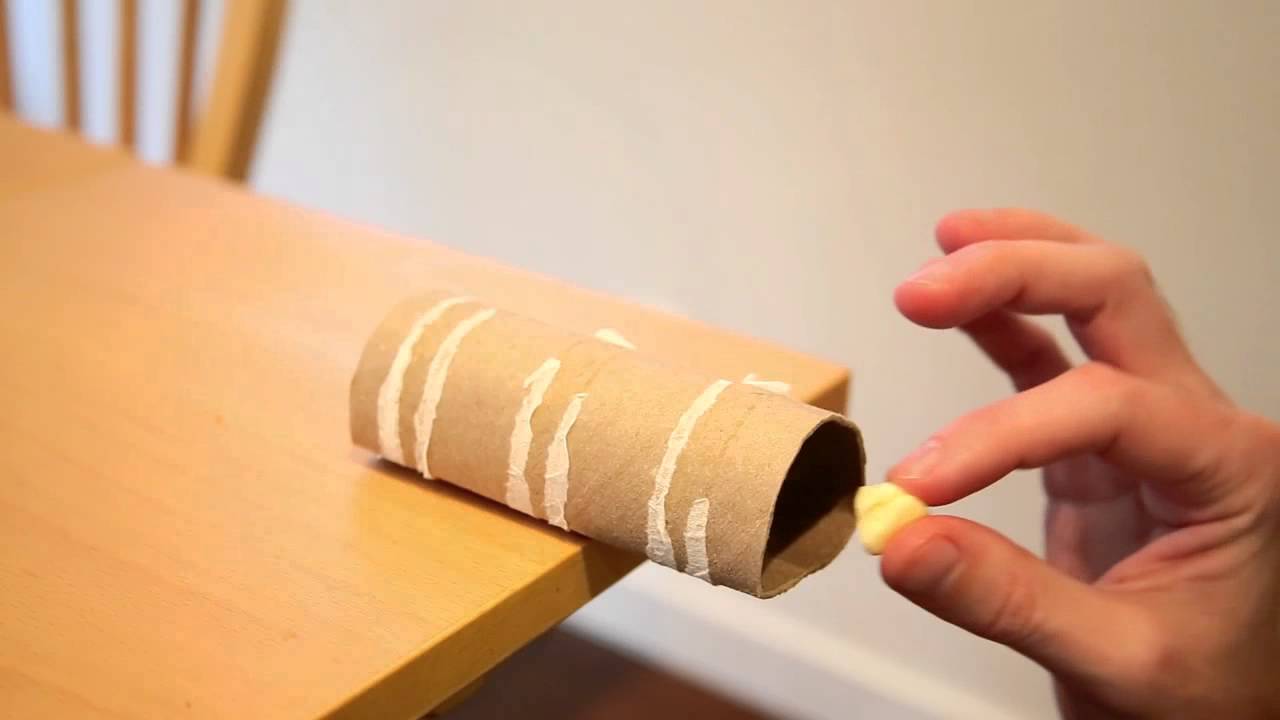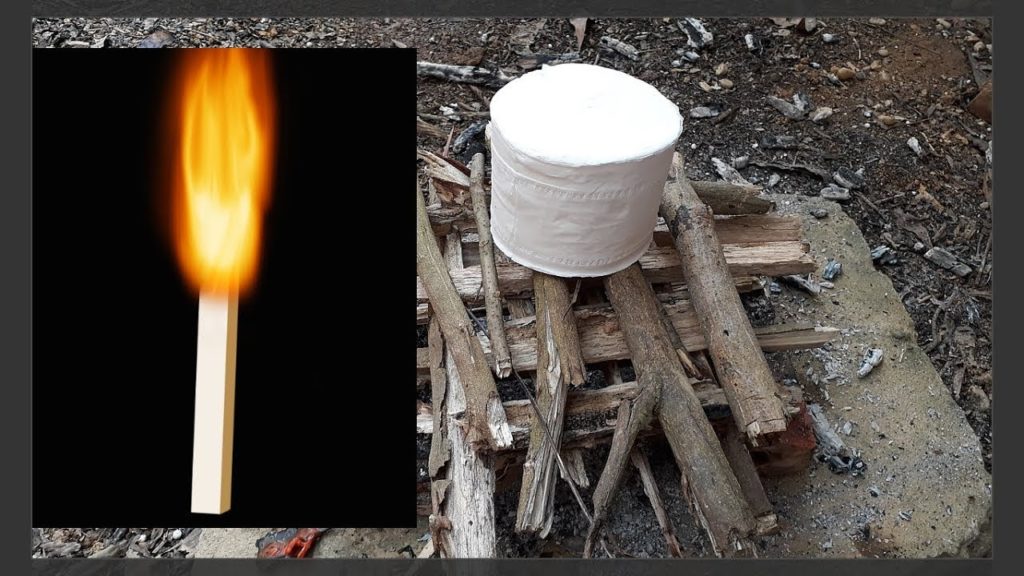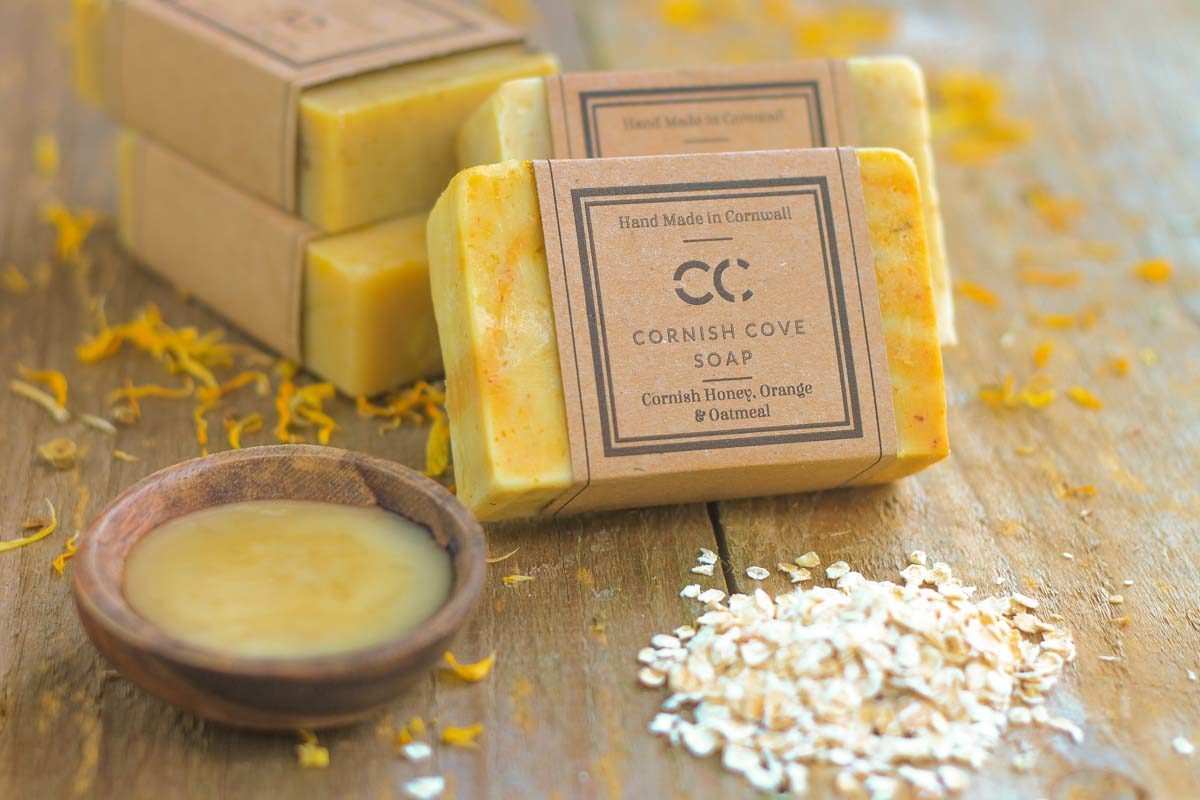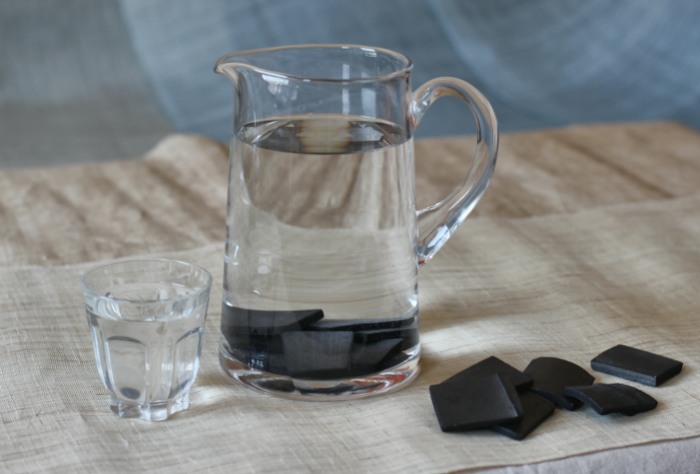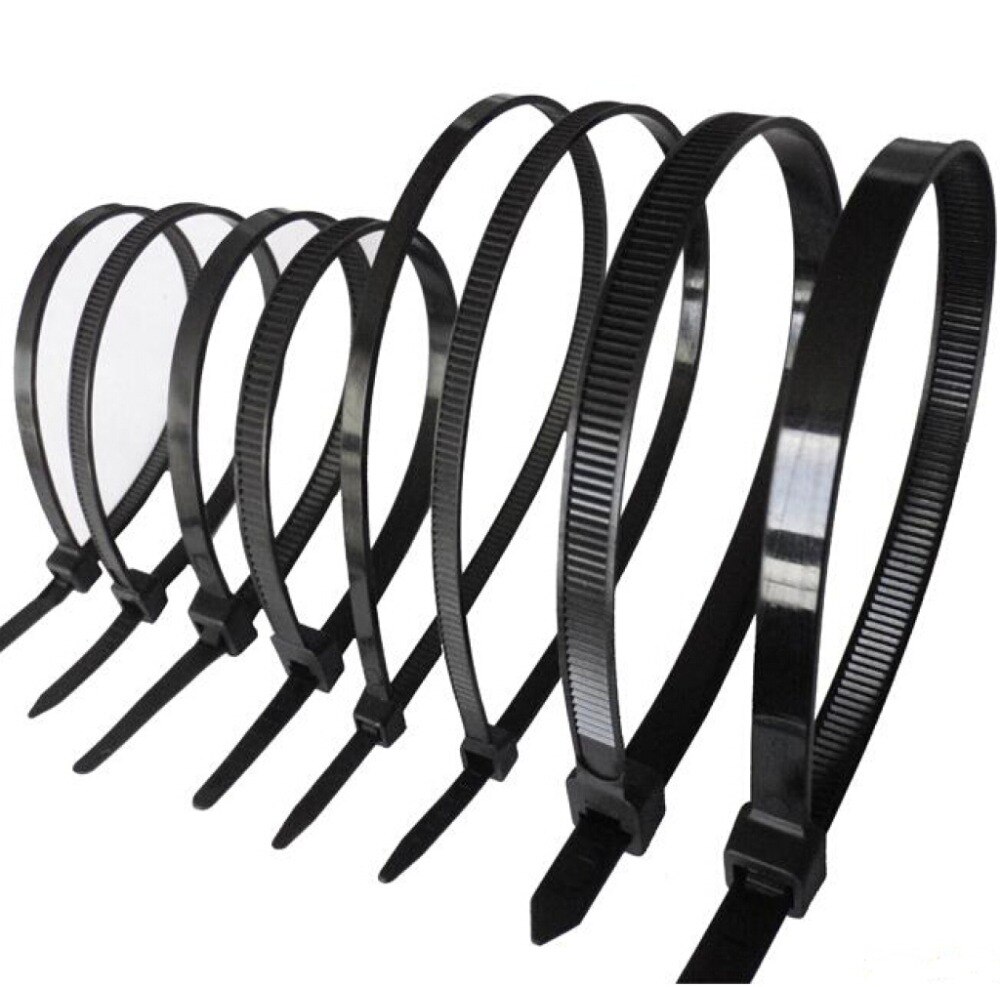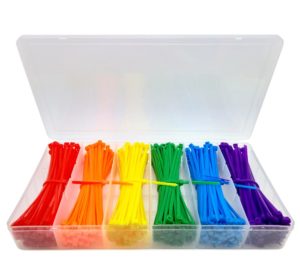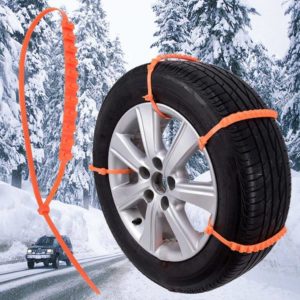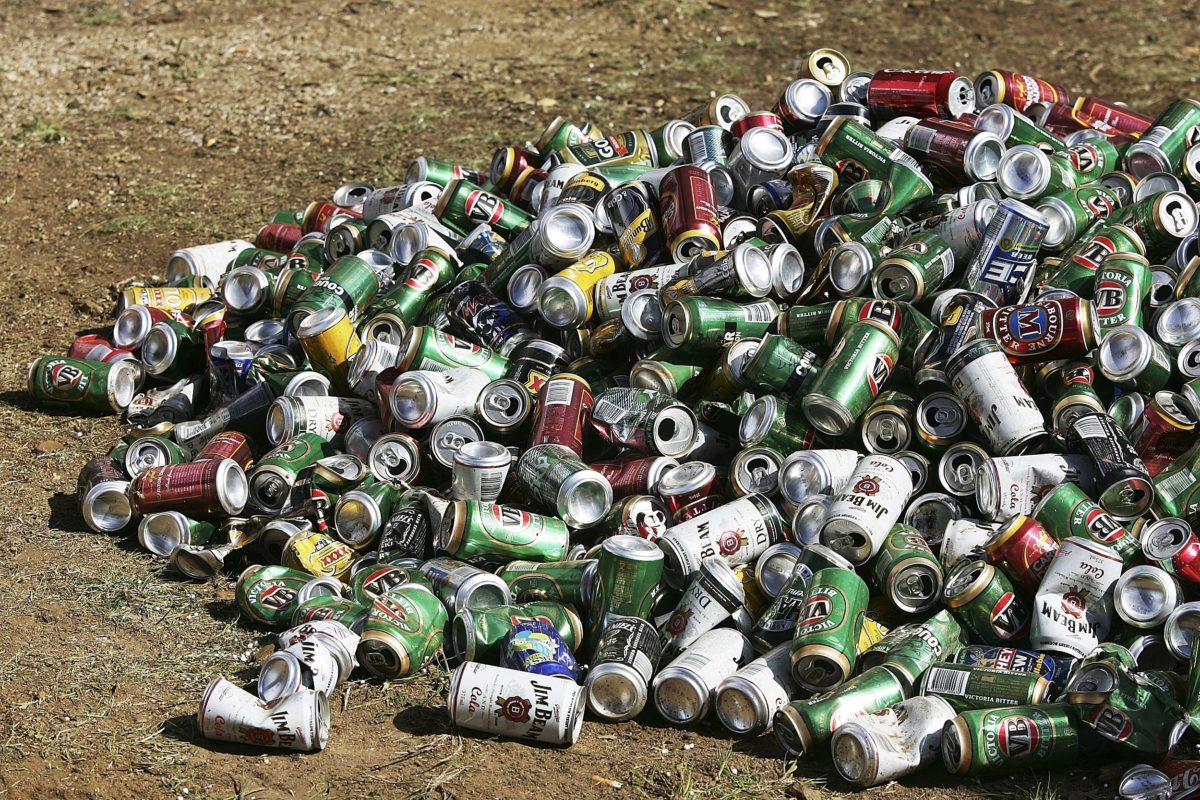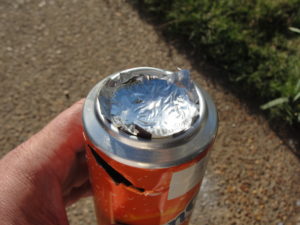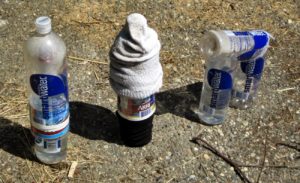What desk item should be in every adventure kit?
🎧 Prefer to Listen? What desk item should be in every adventure kit?
Ever notice how the most useful tools aren’t always the ones with fancy packaging and high price tags? Sometimes they’re hiding in plain sight—like that small metal object sitting in your desk drawer right now.
The same principle applies to survival skills. Sometimes, the most valuable knowledge isn’t about the latest high-tech gear—it’s about knowing how to use what you already have. If you had to build something from scratch in an emergency, would you know where to start? There’s a surprising resource that can teach you just that—this one might change the way you think about preparedness.
I accidentally discovered last summer when my expensive gear failed during a backcountry trip. With no outfitter for miles, I reached into my pocket and found something I’d absent-mindedly brought from the office. Within minutes, I’d fixed my broken equipment and was back on the trail.
What makes this tiny item so valuable outdoors? It’s lightweight (you won’t even notice carrying it), incredibly versatile (it transforms into different tools in seconds), and so inexpensive you can pack several without thinking twice. Let me show you 10 ways this ordinary office supply becomes extraordinary when you’re miles from civilization.
-
Improvised Navigation: Crafting a Field Compass
When your primary navigation tools fail, a paperclip can help you find your bearings. To create an emergency compass, straighten a paperclip and cut a segment using your multitool. Magnetize this segment by repeatedly stroking it against your survival knife or any steel implement with magnetic properties.
Fill a small container with water, place a small leaf on the surface, and carefully position your magnetized paperclip segment on the leaf. The metal will naturally align with the Earth’s magnetic field, indicating the north-south direction. This rudimentary compass can provide crucial orientation when electronic devices fail or batteries die.
-
Emergency Communications: Signal Amplification
In survival situations, small, unexpected tools can make all the difference. But what if you needed something bigger—like a way to build your own long-term survival solutions? Imagine needing a sturdy shelter, a custom tool, or even a reliable backup for broken equipment. Where would you even begin? Believe it or not, there’s a step-by-step guide that can show you exactly how to prepare for that.
Communication becomes critical during emergencies, but terrain, infrastructure damage, or equipment limitations can hinder your ability to connect. A properly shaped paperclip can temporarily extend your device’s range.
For two-way radios or emergency weather receivers, bend a paperclip into an L-shape and attach it to the existing antenna’s tip. This improvised extension can increase reception just enough to capture vital weather alerts or emergency broadcasts that might otherwise remain out of range. While not a replacement for proper communications equipment, this technique has helped many preppers maintain situational awareness when conventional methods falter.
-
Tech Recovery: Resetting Electronic Devices
Modern survival often involves balancing traditional skills with appropriate technology. When electronic devices malfunction in the field, a paperclip can access those tiny reset buttons designed to restore factory settings.
For smartphones with removable batteries, locate the small reset hole (typically labeled) after removing the back cover and battery. Insert a straightened paperclip segment and hold for 5-10 seconds. This procedure can revive frozen devices, though be aware it will consume approximately 10% of remaining battery power during the restart process.
This technique works for various devices including GPS units, tablets, and some emergency radios—potentially restoring critical functionality when you need it most.
-
Field Repairs: Impromptu Fix-It Tool
Paperclips provide remarkable utility for field repairs across numerous applications. Their malleable yet strong composition makes them ideal for temporary fixes that can extend equipment life during critical situations.
Replace lost eyeglass screws by carefully cutting and shaping a paperclip segment to match the required length. Torn clothing can be temporarily secured using bent paperclips as fasteners. Even damaged gear can benefit—fashion a smartphone stand for hands-free operation, improvise fishing hooks from straightened and sharpened segments, or create makeshift closures for broken zippers or containers.
The versatility of paperclips for impromptu repairs makes them invaluable when specialized tools aren’t available.
-
Survival Hunting: Small Game Acquisition
When food procurement becomes necessary for survival, paperclips can be transformed into hunting implements for small game. While not as effective as purpose-built tools, they provide options when alternatives aren’t available.
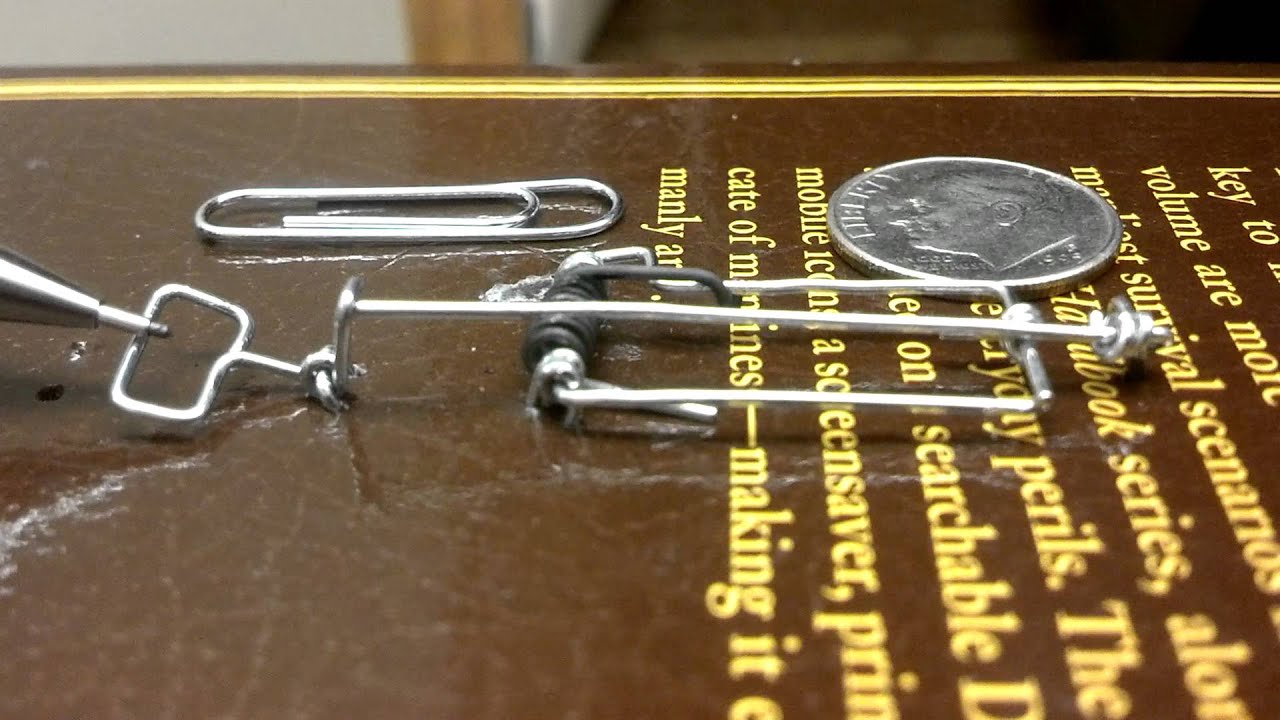
Straighten multiple paperclips and sharpen one end using your multitool or a rough stone. These can be used as projectile points for improvised hunting implements. Create a rudimentary blowgun using hollow reeds, bamboo sections, or plastic tubing, then use your paperclip darts for targeting small game like squirrels, rabbits, or birds.
While certainly not ideal, this method demonstrates the paperclip’s potential role in emergency protein acquisition—a critical component of survival situations.
-
Medical Application: Field Splinting
Minor injuries often occur during survival situations, and proper stabilization can prevent further damage. Paperclips can serve as improvised splinting materials for fingers and toes when professional medical care isn’t immediately available.
For digit injuries, straighten two paperclips and position them on opposite sides of the injured finger or toe. Secure them with clean cloth strips, creating a stabilizing framework that limits movement and promotes proper healing. While not a replacement for proper medical attention, this temporary solution can prevent additional trauma until professional care becomes available.
Remember to clean the injured area with available antiseptics (saline solution or mild soap if available) before applying the splint to reduce infection risk.
-
Field Hygiene: Preventing Infection
Maintaining proper hygiene becomes increasingly important during extended emergency situations. One often overlooked aspect is fingernail cleanliness—a seemingly minor concern that can lead to serious infections if neglected.

In field conditions, dirt, bacteria, and contaminants frequently accumulate under fingernails. If left untreated, this can lead to serious infections like paronychia (inflammation around the nail) or even tetanus. A straightened paperclip provides an effective tool for carefully removing debris, helping maintain hand hygiene when standard implements aren’t available.
This simple preventative measure can help avoid potentially debilitating infections that would otherwise compromise your survival capabilities.
-
Camp Cooking: Improvised Food Preparation
Even experienced campers occasionally forget crucial cooking implements. Paperclips can be repurposed into miniature cooking tools when standard equipment isn’t available.
Create impromptu skewers by straightening heavy-duty paperclips, which work effectively for cooking small food items over an open flame. These makeshift tools excel with items like small meat pieces, vegetables, or marshmallows. The steel composition withstands moderate heat, though prolonged exposure to high temperatures will eventually compromise the metal.
While not ideal for extensive cooking operations, these improvised skewers have saved many campfire meals when conventional tools were forgotten or lost.
-
Gear Organization: Key Management
Efficient gear organization becomes crucial during emergency situations, particularly for high-use items like keys. Paperclips provide a lightweight solution for expanding keychain capacity or temporarily securing important keys.
Create a supplementary key loop by bending a paperclip into a circular shape and attaching it to your existing keychain. While this should be considered a temporary solution not suitable for heavy items, it provides immediate functionality when commercial alternatives aren’t available.
For more permanent applications, multiple paperclips can be interlocked and secured to create stronger configurations, though purpose-built hardware remains preferable for long-term use.
-
Gear Repair: Zipper Tab Replacement
Quick fixes are great, but what about when you need something more permanent? Let’s say you’re in the wild, and a crucial piece of gear breaks beyond a simple repair. Could you build a replacement with what’s around you? If you don’t have the right skills yet, this resource is a game-changer—it lays out exactly how to turn raw materials into survival necessities, no expertise required.
Few gear failures are more frustrating than broken zipper pulls, especially on critical items like backpacks, tents, or outerwear. When a zipper tab breaks in the field, the functionality of essential equipment becomes compromised.
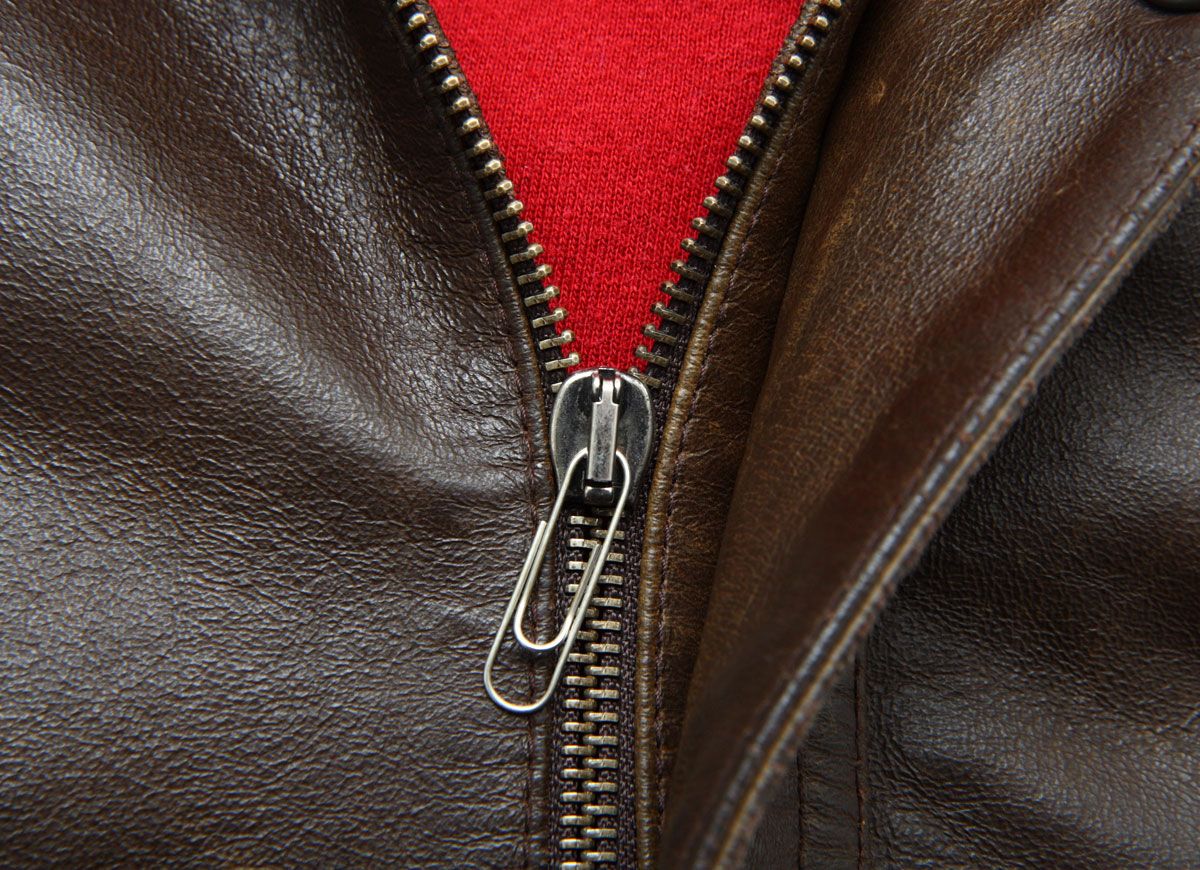
A paperclip provides an immediate solution—simply bend it into a suitable loop shape and thread it through the zipper slider where the original pull tab was attached. This field repair restores full functionality to critical gear, preventing potential exposure to elements or loss of contained supplies.
While seemingly minor, this application demonstrates how paperclips can maintain the utility of expensive gear when purpose-built replacements aren’t available.
CONCLUSION: THE UNEXPECTED SURVIVAL ESSENTIAL
The paperclip exemplifies the prepper philosophy of finding multiple uses for everyday items. Its lightweight, compact form belies incredible versatility in emergency scenarios, earning it a permanent place in any well-designed survival kit.
Whether you’re creating essential tools, making critical repairs, or addressing unexpected challenges, these humble office supplies provide solutions that far exceed their modest appearance. For preppers who understand that true readiness lies in adaptability and resourcefulness, paperclips represent the perfect marriage of simplicity and functionality.
What’s your favorite unconventional use for paperclips in survival situations? Share your experiences in the comments below!
Ever notice how the most useful tools aren't always the ones with fancy packaging and high price tags? Sometimes they're hiding in plain sight—like that small metal object sitting in

